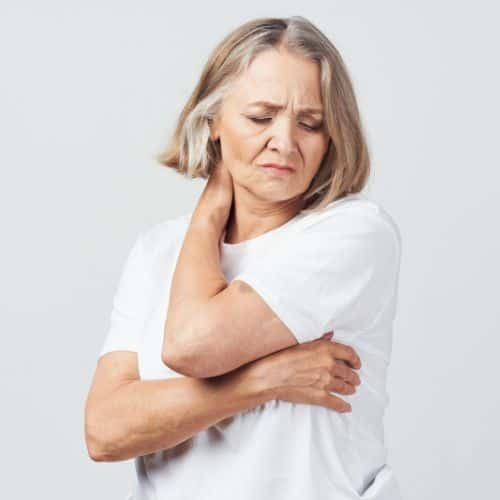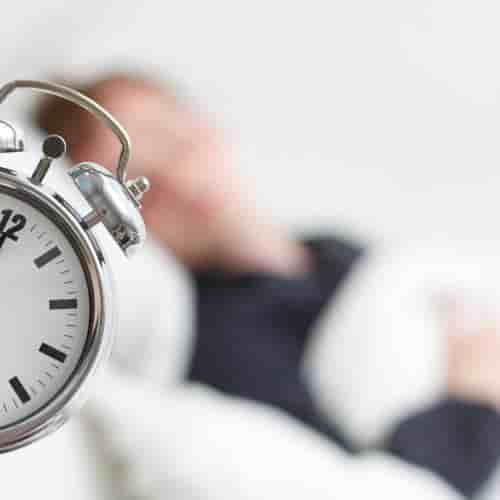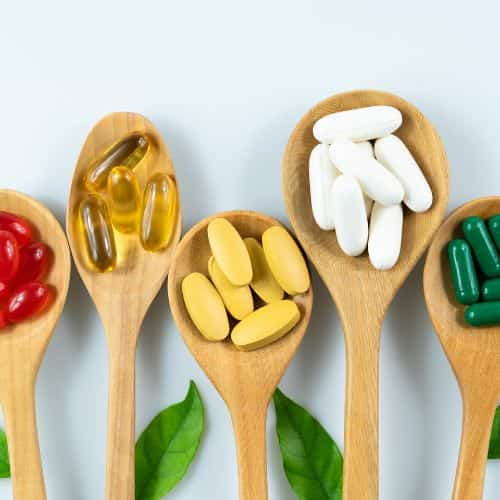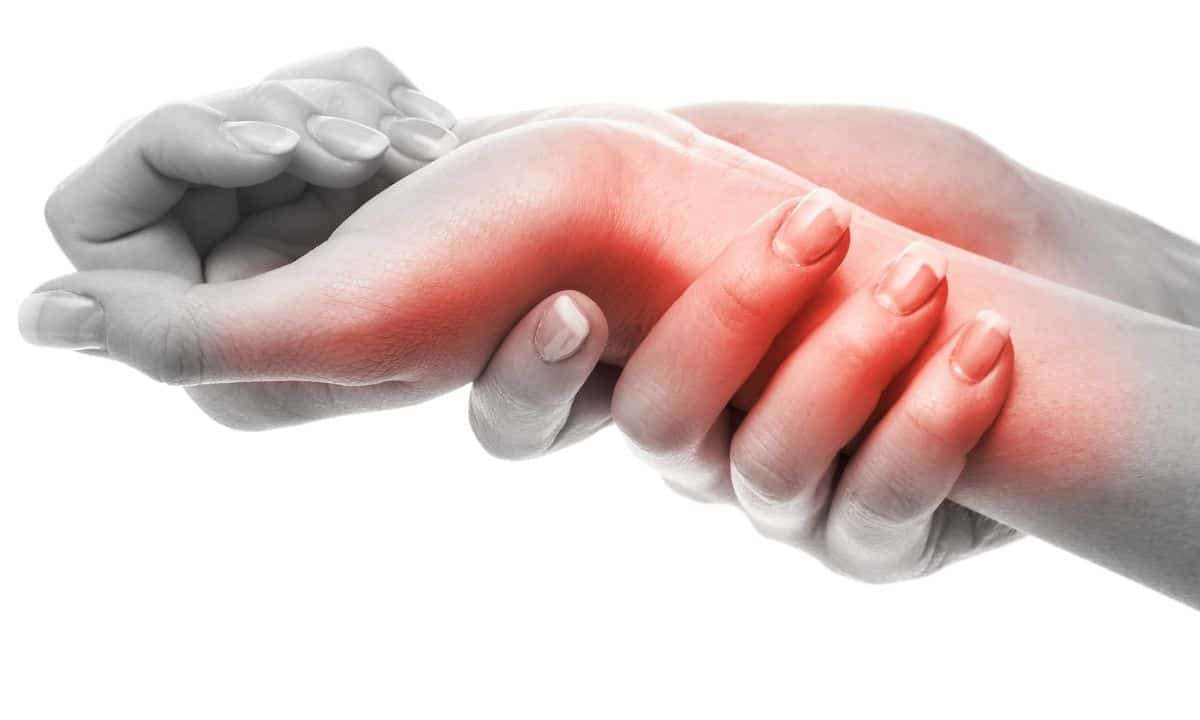7 Ways to Reduce Menopause Joint Pain
The list of menopause side effects is lengthy, and joint pain is no exception. More than half of menopausal women experience newly onset joint pain.
Table of Contents
ToggleBut what causes the onset, and how can you avoid it?
What is the Relationship Between Joint Pain and Menopause?
Joint pain during menopause can be attributed to dramatic hormonal changes, a prominent contributor to most menopause symptoms.
During menopause, estrogen levels fall, leading to joint swelling and pain. Also, joints contain estrogen receptors that provide protection and keep inflammation low.
Thus, a decrease in estrogen would decrease bone density and increase inflammation. This puts menopausal women at a greater risk for osteoporosis and osteoarthritis.
What is Joint Pain?

Medically known as arthralgia, it is a pain arising from where two bones meet.
This pain can stem from inflammation in other joint parts such as cartilage, tendon, muscle, bone, or ligaments. Most commonly, the pain comes from inflammation within the joint itself.
The development of joint pain can significantly impact one’s quality of life. The pain can range from mild to severe, significantly limiting mobility and activities of daily living.
Symptoms
The symptoms of joint pain vary between each individual as well as the level of severity. For some menopausal women, joint pain can be debilitating.
Symptoms of joint pain include:
- Pain when moving or bending the joint
- Decreased mobility
- Stiffness
- Swelling and inflammation
- Clicking noises when bending a joint
- Numbness
- Lingering aches and pains
- The site of the joint appears red and warm to the touch
Treatments
If you begin experiencing joint pain during perimenopause or menopause, it is important to know how to treat it.
The good news is that there are many natural ways to tackle joint pain. Simple lifestyle changes can alleviate menopause-related joint pain and help you feel your best.
Stay Active

Besides assisting with many other menopause symptoms, exercise is particularly helpful in treating and preventing joint pain.
Regular physical activity helps to control inflammation, minimize bone loss, and strengthen muscles surrounding the joints.
Physical activity can also aid in lubricating the joint cartilage, thereby improving joint mobility.
Per CDC guidelines, adults should aim for 150 minutes of moderate-intensity exercise per week and two days of strength training.
Stress Less
Both physical and emotional stress can increase inflammation and effectively contribute to joint pain. When stressed, we tense up our muscles which leads to pain and stiffness over time.
Exercise effectively lowers cortisol, a stress hormone that contributes to inflammation.
Meditation, aromatherapy, and quality time with loved ones are other simple ways to reduce stress levels.
Follow an Anti-inflammatory Diet
As the saying goes, we are what we eat. Our dietary choices greatly impact our health, and that of our joints is no exception.
Highly processed foods are a prominent contributor to inflammation. These include most snacks, sweetened beverages, sodas, fried foods, refined grains, and highly processed meats.
The culprits in highly processed foods are excessive carbohydrates, added sugars, and unhealthy fats, which have been shown to influence chronic inflammation.
Nutrients such as fiber, omega-3 fatty acids, and antioxidants are known to fight inflammation.
Get my free 3-day anti-inflammatory diet meal plan!
Prioritize Rest

Achieving an adequate amount of rest each night can help fight menopausal joint pain.
Sleep deprivation leads to the development of inflammation in the body which can exacerbate aches and pains in the joints.
Interestingly, this relationship works both ways.
During rest, you do not actively move your joints, which decreases lubrication and can increase pain. This is why it is important to stay active during the day to give your joints the movement they need.
Supplements
If you are looking for a natural tretment, supplements may be a great option for you.

- Magnesium
- Turmeric
- Ginger
- Fish Oil
- Vitamin D
- Estrogen
- Glucosamine
Read more about supplements for menopause joint pain here.
Hormone Replacement Therapy
Hormone replacement therapy has proven to be effective in reducing menopause symptoms.
Medication that contains female hormones is taken to replace the estrogen lost during menopause.
As the decline in estrogen is a primary cause of joint pain and many other menopause symptoms, this therapy is beneficial for many women.
Hormone therapy can be valuable for those who are at a high risk of loss of bone density. Estrogen can prevent bone loss, which can lead to osteoporosis and osteoarthritis.
Over-the-counter Medications
Over-the-counter medications are an option to provide quick relief from aching joints.
NSAIDSare very effective in alleviating joint pain by reducing inflammation.
They include ibuprofen, naproxen, and aspirin. Tylenol is not an NSAID but can also help reduce joint pain.
These medications are not meant to be taken daily to treat joint pain. Talk to your doctor if you feel you need daily medication to ease your pain.
When to See a Doctor
If joint pain becomes severe and begins to impact daily activities and quality of life, it may be time to see a doctor.
Visiting a practitioner will help you identify the source of the joint pain and the best course of action for treatment.
Consider contacting your doctor if:
- You develop a fever that is not related to flu-like symptoms
- Unintended weight loss (10 lbs or more)
- Pain persists for several days, and mobility becomes limited
- The site of a joint appears red and warm to the touch
The doctor will perform a physical exam to evaluate for any abnormalities. If warranted, blood work may be needed to rule out infection.
Bottom Line
Preventing or reducing joint pain is essential in maintaining your quality of life while your body adjusts to complex menopause changes.
The good news is that there are many options when it comes to tackling joint pain.
Simple lifestyle changes, such as exercising, reducing stress, and consuming an anti-inflammatory diet, can protect against aches and pains.
Further, supplements and nutrients are good options for promoting joint health naturally.
“How to relieve menopause joint pain” was written by Registered Dietitian Stephanie Maurici. Edited by Dr. Su-Nui Escobar, RDN.

Dr. Su-Nui Escobar, a Registered Dietitian/Nutritionist in Miami, FL, is dedicated to empowering women in perimenopause and menopause to live healthier, more satisfying lives.
With a doctorate in clinical nutrition from the University of North Florida, she has expertise in menopause and weight loss, including the unique challenges faced by those on weight loss medications.
Su-Nui’s passion for her field is evident in her previous role as the Academy of Nutrition and Dietetics spokesperson.


